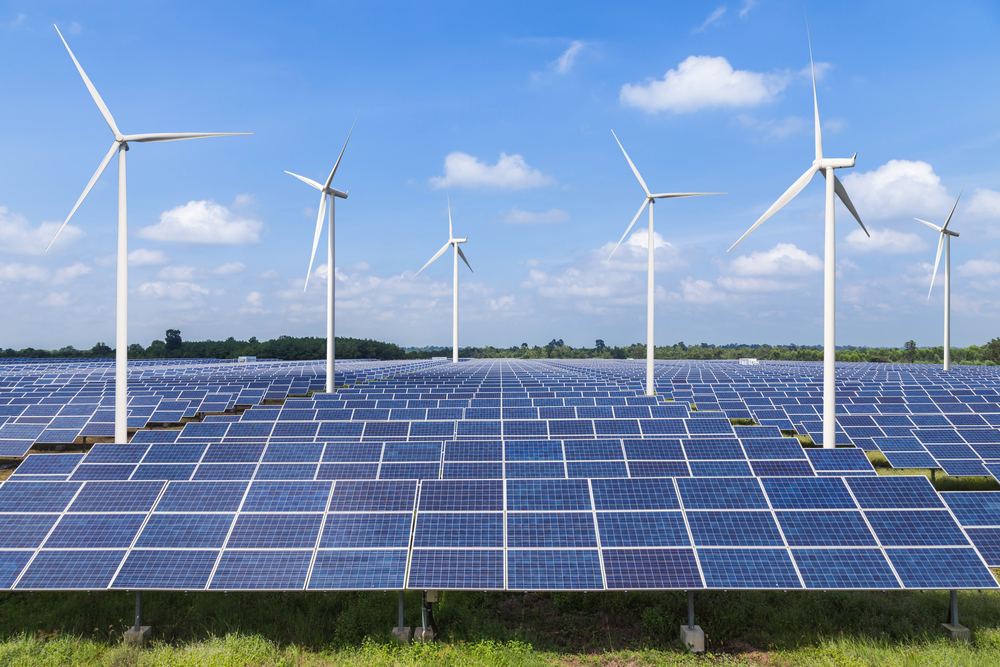The Philippines is expected to get an estimated $11.9 billion worth of wind and solar power investments by 2030 with financing for renewable energy (RE) projects seen to double in the Asia-Pacific region this decade, according to an energy research and consultancy firm.
Wood Mackenzie senior analyst Rishab Shrestha stated in a BusinessWorld report that the said amount accounts for one percent of all wind and solar ventures in the region. He also expects the region’s solar capacity to increase by 2030.
Shrestha also noted that Southeast Asia’s installed capacity has more than doubled since 2018, and though there will be a short slowdown with subsidies, the region will add over 100 gigawatts of solar in the next 10 years.
Meanwhile, Wood Mackenzie research director Alex Whitworth said that the power investment in Asia-Pacific is projected at $2.4 trillion in the current decade, with RE accounting for $1.3 trillion.
The research firm also expects coal to account for 30% of fossil fuel investment in the decade, declining by about 25% to $54 billion a year due to emergence of gas.
In the Philippines, fossil investment is projected at $6.1 billion for the rest of the decade, an average of 31% of power investment each year, Shrestha said.
Wood Mackenzie estimated that carbon emissions from the region’s power sector will reach 7.3 billion tons (BT) in 2025 or 1.8 tons per person, which is less than half the level of most developed countries.
Withworth noted that although it expects a 47% drop in carbon emissions from the power sector, particularly its peak of 7.3 BT in 2025, inertia in the coal power fleet will prevent Asia Pacific from reaching carbon-free power by 2050.
He added that the key in reducing power sector emissions is to adapt new emission-reduction technologies such as carbon capture and storage and green fuels, such as hydrogen, ammonia, and biomass, into coal and gas generation.
The Department of Energy (DOE) imposed a moratorium in the building of new coal power plants late last year. Given the moratorium and the increase in RE investments, the DOE projected that solar would comprise 35.4% of the country’s energy mix by 2030 from four percent as of June 2020. Coal’s share, meanwhile, would decrease to 16% from 41.5%.
The DOE also has also partnered with Japanese and Australian firms to explore hydrogen as a potential new source of energy.


